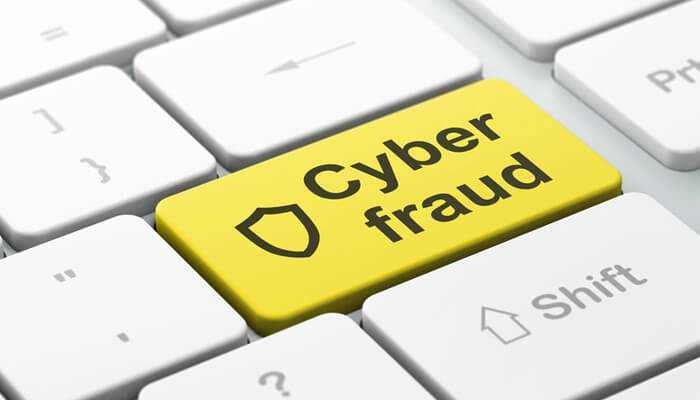As an online credit card processor for high risk industries, merchants feel that dealing with fraud is the new ‘cost of doing business’ in the current climate.
But we had an epiphany recently.
Among the many newsletters and blogs to which we subscribe, one reported about how instances of fraud at payment terminals in Europe were actually down over the first six months of 2018, according to the European Association for Secure Transactions (EAST).
- Total reported incidents are down 43 percent (11,934 incidents from January through June 2017 to 6,760 in H1 of 2018 – 43 percent).
- Monetary losses are also down from €124 million in H1 2017 to €107 million in 2018.
- ATM malware attacks decreased from 114 incidents in H1 2017 to 61 in H1 2017
- ATM malware attacks in currency terms went from €1.51 million to €0.61
- The only downside of the report was the increase in ATM physical attacks from H1 2017 to H1 2018: Up from 1,696 incidents to 2,046 (21 percent), resulting in €12.2 million to €15.1 million in losses.
Overall, however, it signifies progress – something of which we don’t hear enough in the payments industry. We blog incessantly about the perilous climate, especially card-not-present payments, and ways to mitigate.
The EAST report inspired us to search for progress in the payments industry, rather than focus on the doom and gloom. We spent a good amount of time looking for good news, hopeful of finding figures signaling decreasing fraud levels.
It was a thorough search that didn’t yield as much as we’d hoped, unfortunately.
Is there any positive news about credit card fraud?
Recently we wrote about how monetary losses from credit card counterfeiting were way down – about 75 percent from one year ago, says Visa – which was positive news. This is true because most of the fraudsters have moved on to CNP transactions.
- We recently saw the results of research from the Paysafe Group which found that a high percentage of U.S. (70 percent), Canadian (64 percent) and British (65 percent) consumers accept fraud as inevitable opposed to German consumers (28 percent). We’re partial to Germany on this one.
- In June of 2017, we blogged about how 19 different fraud detection tools have grown in popularity since 2010, including consulting a customer’s order history (34 percent), address verification checks (33 percent) and the use of negative lists (32 percent).
- According to its 2017 Fraud Attack Index, Forter found that the domestic fraud rate in the U.S. has decreased 4 percent (but remained more than double what it was in 2015).
While CNP fraud remains rampant, awareness has risen
While we searched for any kind of positive news about instances of CNP fraud, we located very little, other than the EAST report. However, while the use of the aforementioned fraud detection tools have increased, we’ll step out on a limb and say that awareness and emphasis on fraud protection has steadily risen – this is the first step toward solutions.
As an online credit card processor, we were thrilled to report that an increasing number of online merchants were using an array of fraud detection tools, particularly those that involved manual review. Effective fraud mitigation, we feel, is finding the perfect balance between machine reasoning and reviewing transactions manually.
Encryption and tokenization: best defense?
As an online credit card processor, maintaining and storing sensitive information (credit card, personal and other data) is part and parcel of the business. Merchants save and store data also, and we’ve read and heard from many who feel the best solution in safeguarding online transactions is using P2P encryption and tokenization.
P2P encryption is a security standard that converts the details of a payment transaction into a unique worthless code from the moment a card is inserted to completion. Tokenization is the process of replacing credit card, debit card or ACH transaction information with a string of unrecognizable characters useless to cyber thieves.
Tokenization is the same basic theory of using tokens to ride a train to work. Commuters pay for a roll of tokens to board the subway into the city. If those tokens are stolen, they can only be used for riding the subway. However, if it were a roll of quarters that were stolen, than those quarters could be used anywhere, not just for the subway.
Tokens are used in place and limit the use of value. It is the same theory in protecting transactions and proven very effective.
Instabill: An online credit card processor for high risk industries
Not only does Instabill offer domestic international and offshore online credit card processor solutions, we match your business with the best acquiring banking solution we know, which also offer proven security features such as P2P encryption, tokenization, 3D secure and more.
Let’s get the conversation started at 1-800-530-2444 today to safeguard your payments.


